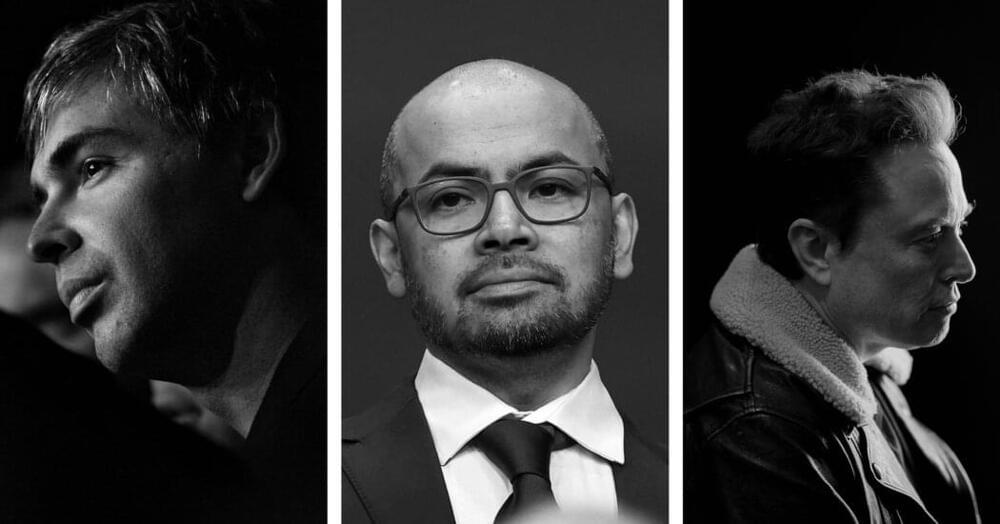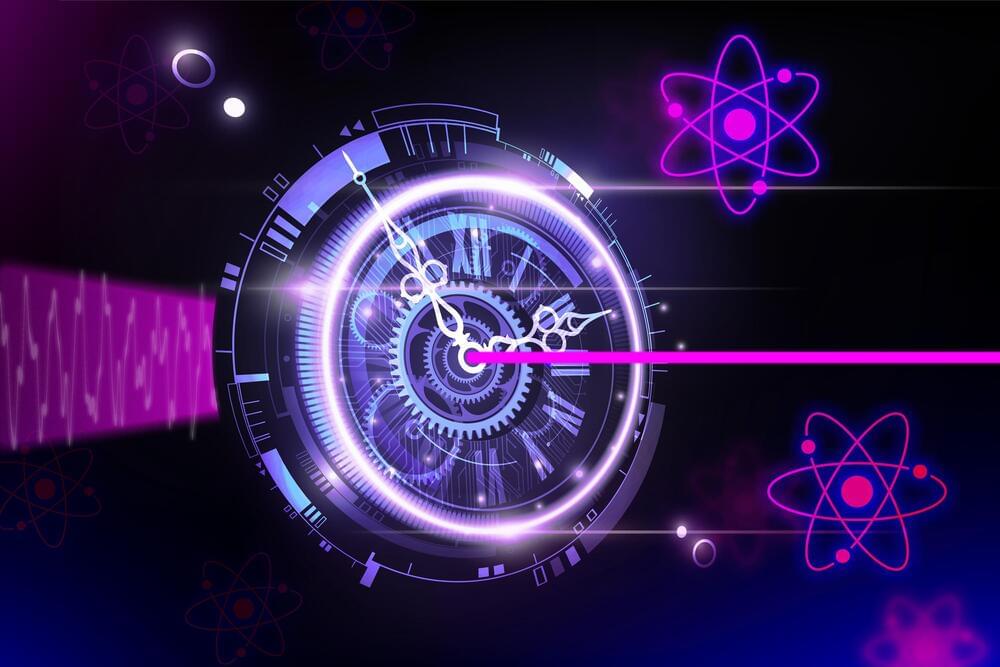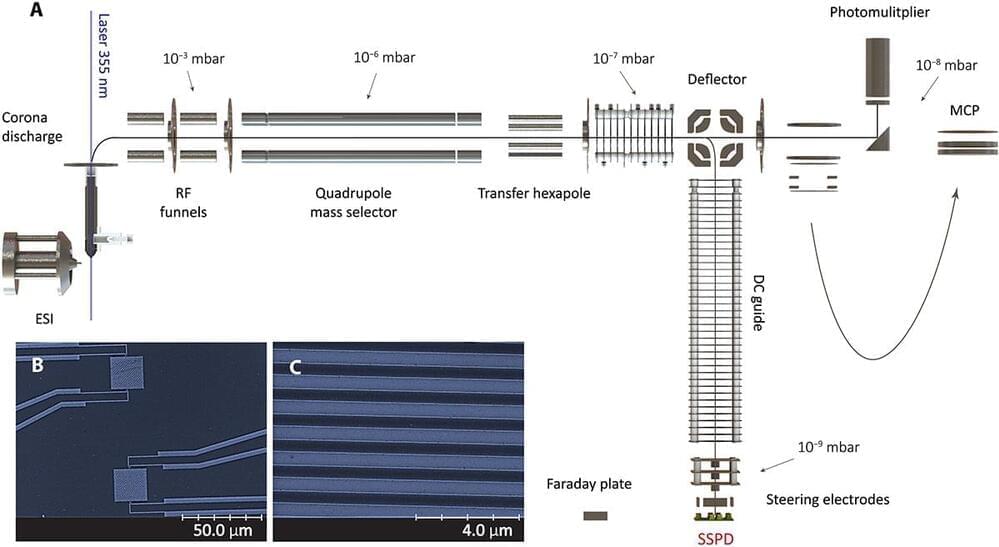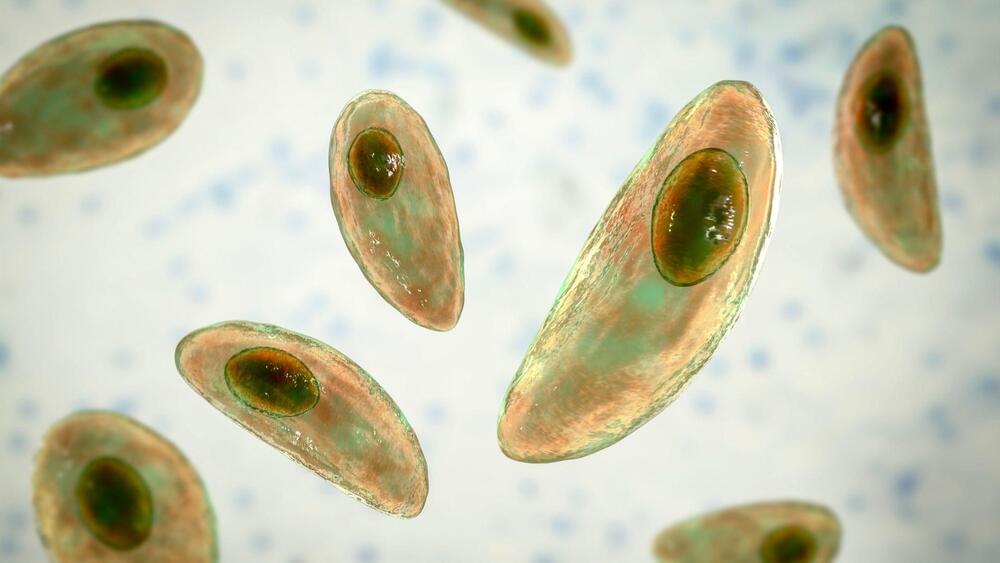With a hydrogen production rate of 139 millimoles per hour and per gram of catalyst, the material holds the world record for green hydrogen production with sunlight.
Scharfsinn86/iStock.
Professor Emiliano Cortés, a leading figure in experimental physics and energy conversion at LMU, and Dr. Matías Herrán, a postdoc researcher at the Fritz Haber Institute of the Max Planck Society, delved into the intricate world of nanotechnology to develop high-performance nanostructures that could revolutionize solar energy utilization.






